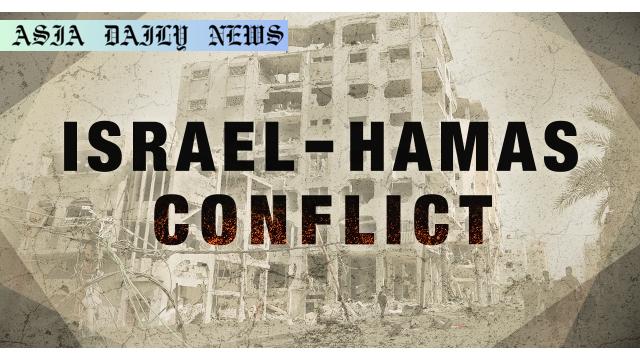Hostage Release: Hamas is set to submit a new list of hostages to Israel under the ongoing ceasefire agreement.
Hamas has promised to release four Israeli hostages as part of a ceasefire agreement.
Under the truce, Hamas will release 33 hostages in batches, while Israel is to free Palestinian prisoners.
The second batch of hostages will likely be freed Saturday after the list submission.

Hostage Release Deal: Positive Progress with 33 Awaiting Freedom
Overview of the Hostage Release Agreement
The ongoing six-week ceasefire between Hamas and Israel marks a significant development in the current conflict, with both parties adhering to a unique agreement. According to the details of the agreement, as reported by media outlets, Hamas is expected to release 33 Israeli hostages in small batches while Israel reciprocates by freeing Palestinian prisoners. This measure aims to create a pathway towards de-escalation and eventual peace, though the situation remains precarious and dynamic.
Current Progress: Submission of the Second List
As of Friday, Hamas is scheduled to submit the second list of hostages. A senior Hamas official indicated that this list will include names of four Israeli hostages who will be released on Saturday. The progression has revived cautious optimism despite the fragile ceasefire. With the first group already freed earlier in the week, this development portrays a commitment to the terms of the ceasefire, albeit with minor delays that have slightly disrupted the original timeline.
Delays and Military Activity: Challenges of the Ceasefire
The initial submission of the first list by Hamas faced delays, causing the ceasefire to begin approximately three hours later than planned. While no major clashes have been reported since the truce took effect, sporadic incidents continue to underscore the volatility of the region. On Thursday, the Israeli military reported engagement with armed individuals in southern Gaza, including Rafah. Simultaneously, Palestinian media reported an Israeli attack in Rafah that resulted in two fatalities, reminding both parties of the persistent tensions and the fragile nature of the ceasefire agreement.
Human Impact of the Agreement
For the families and communities of those affected, this agreement signifies a beam of hope amidst turmoil. For the released hostages and prisoners, the swap is a moment of relief, symbolizing the value of human life amidst the broader geopolitical tensions. It is also a critical test of trust and commitment between the conflicting parties, reflecting their willingness to take steps towards peace despite the longstanding divide.
Conclusion: Prospects of Sustainable Peace
While the ongoing agreement marks a notable step in addressing the humanitarian crisis, it is evident that broader, sustainable efforts are crucial. Both Hamas and Israel must recognize the importance of diplomacy over aggression to restore stability in the region. Continued adherence to the terms of this agreement and the avoidance of escalations will determine whether this tentative truce can pave the way for lasting peace in the future.
Commentary
Commentary on Hostage Release and Regional Stability
The Power of Negotiated Agreements
The current ceasefire agreement between Hamas and Israel shines a light on the potential of diplomacy, even in the most challenging conflicts. While the history of hostility between these parties is deep-rooted, the willingness to engage in a humanitarian exchange indicates a shift, albeit small, towards prioritizing human lives over prolonged violence. Such steps, though often fraught with delays and complexities, pave the way for constructive dialogues and, possibly, a more peaceful future.
The Fragility of the Situation
Despite this development, the situation in Gaza remains highly unstable. The sporadic reports of military activity, such as the Israeli engagements in Rafah and retaliatory incidents, demonstrate the fine line each side must walk to maintain the truce. It highlights the challenges of implementing agreements in volatile regions where mistrust and animosity run deep. For the truce to hold, both parties need to exercise restraint and show more commitment to the deal.
The Human Cost of Conflict
The human aspect of this agreement is perhaps the most poignant. Hostage releases and prisoner swaps impact not just the individuals involved but also their families and communities. They rekindle hope, even momentarily, in a landscape mired by suffering. This highlights the urgency for both sides to uphold their commitments and work towards a resolution that places human life and dignity at the forefront.
Building Foundations for Peace
Ultimately, while this ceasefire represents progress, substantial work remains. Larger, more sustainable peace efforts must be undertaken, involving not just the direct parties but also international stakeholders. The world watches with cautious hope as both Hamas and Israel navigate this humanitarian agreement, and it is imperative that these steps are not merely sporadic acts but sustained efforts towards reconciliation and coexistence.


